In this theater, leafy plants cascade downward, cloaking the ceiling in a veil of flora. Nature scenes adorn the walls, making each performance feel like an enchanting garden adventure.
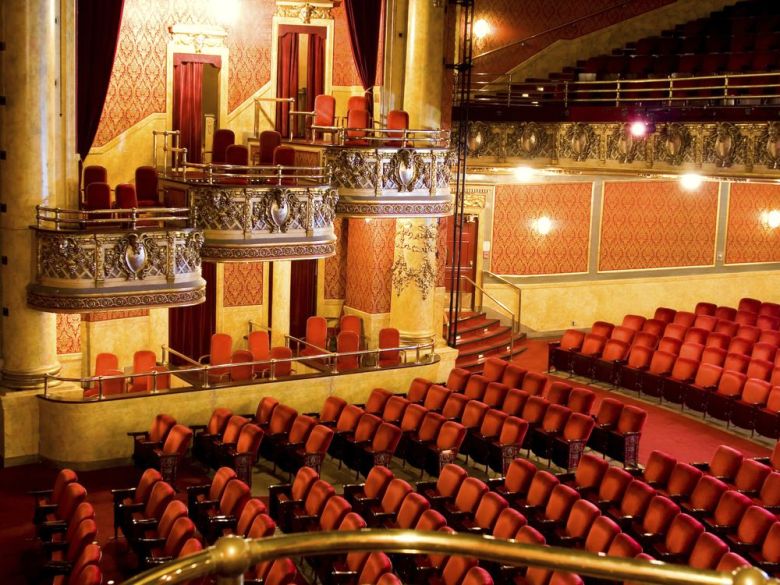
In 1913, a flagship theater for Marcus Loew’s chain was built in downtown Toronto. Unusually, the theater had two separate stages stacked on top of each other. The Elgin Theatre on the ground floor was traditionally decorated in red and gold with classical references, but the architect had a more novel idea for the Winter Garden seven stories above.
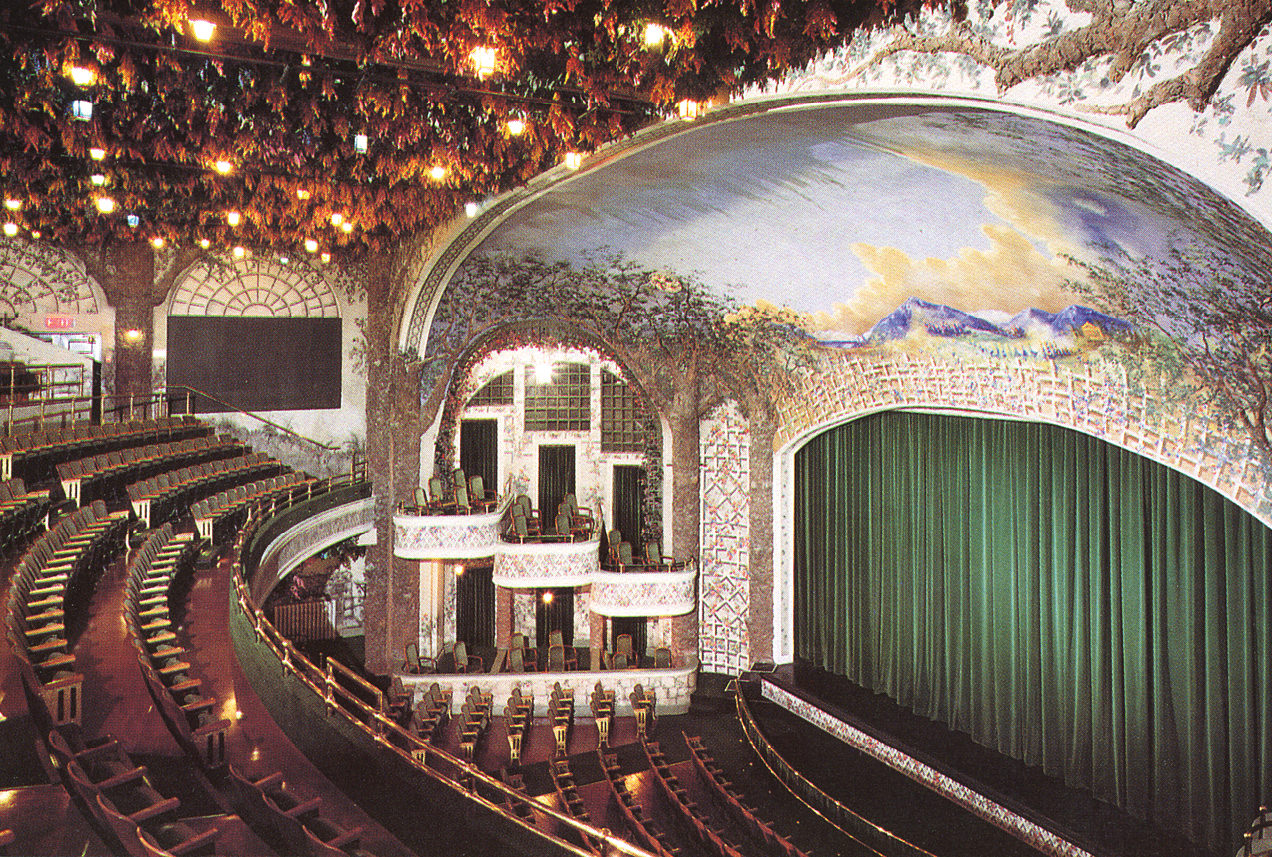
Designed to bring the outside in, the walls were painted with murals of plants, trellises, and even the odd lamppost while the ceiling was covered with real dried leaves. As part of this whimsical fantasy-like decor, lights became lanterns and columns became tree trunks. The stage area itself represented the sky, complete with painted clouds and an illuminated Moon.
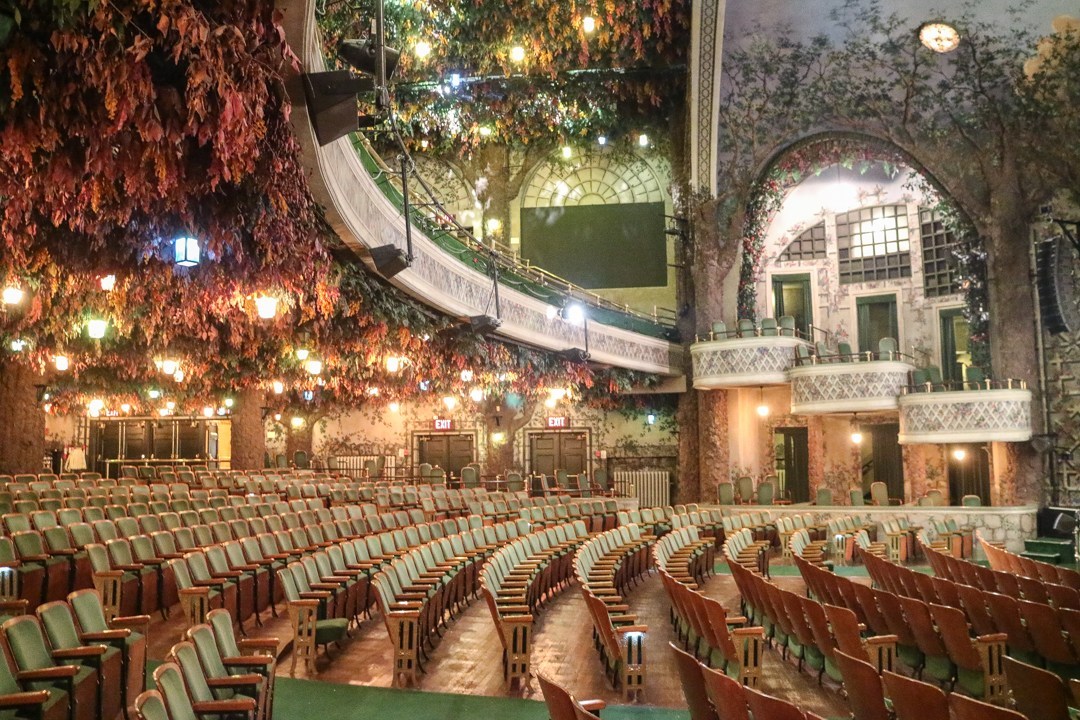
Originally built to stage variety performances known as vaudeville, by the 1920s the rise of the film industry had reduced the popularity of the genre. Reacting to lower audience numbers, the Elgin Theatre was converted into a cinema. In 1928, however, after just 15 years in operation, the doors to the Winter Garden were simply locked. They would remain shut for the next 53 years.
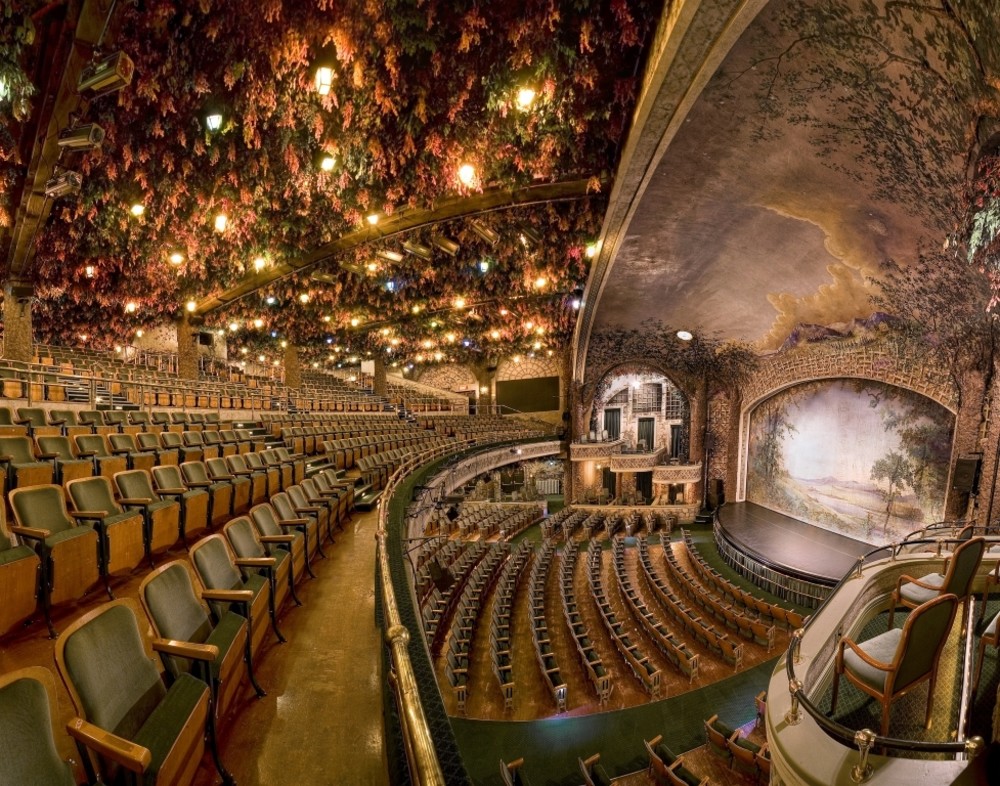
Threatened with demolition, the Ontario Heritage Trust stepped in and purchased the venues in 1981. With a budget of $29 million, conservation specialists, and an army of volunteers, the two theaters were painstakingly restored, including cleaning of the original paint work with raw bread dough and weaving of over 5,000 beech branches back into the garden ceiling.
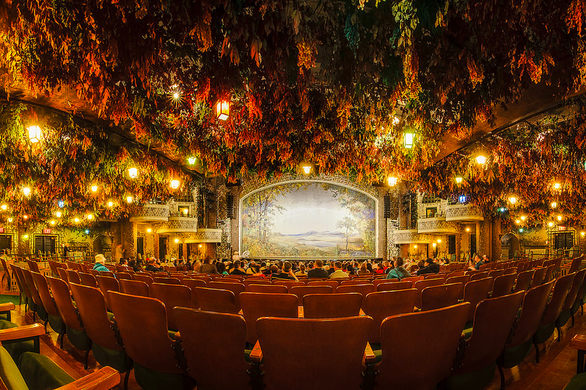
Now a working theater once again, the Elgin and Winter Garden is the world’s only example of a double-decker Edwardian theater still in operation.
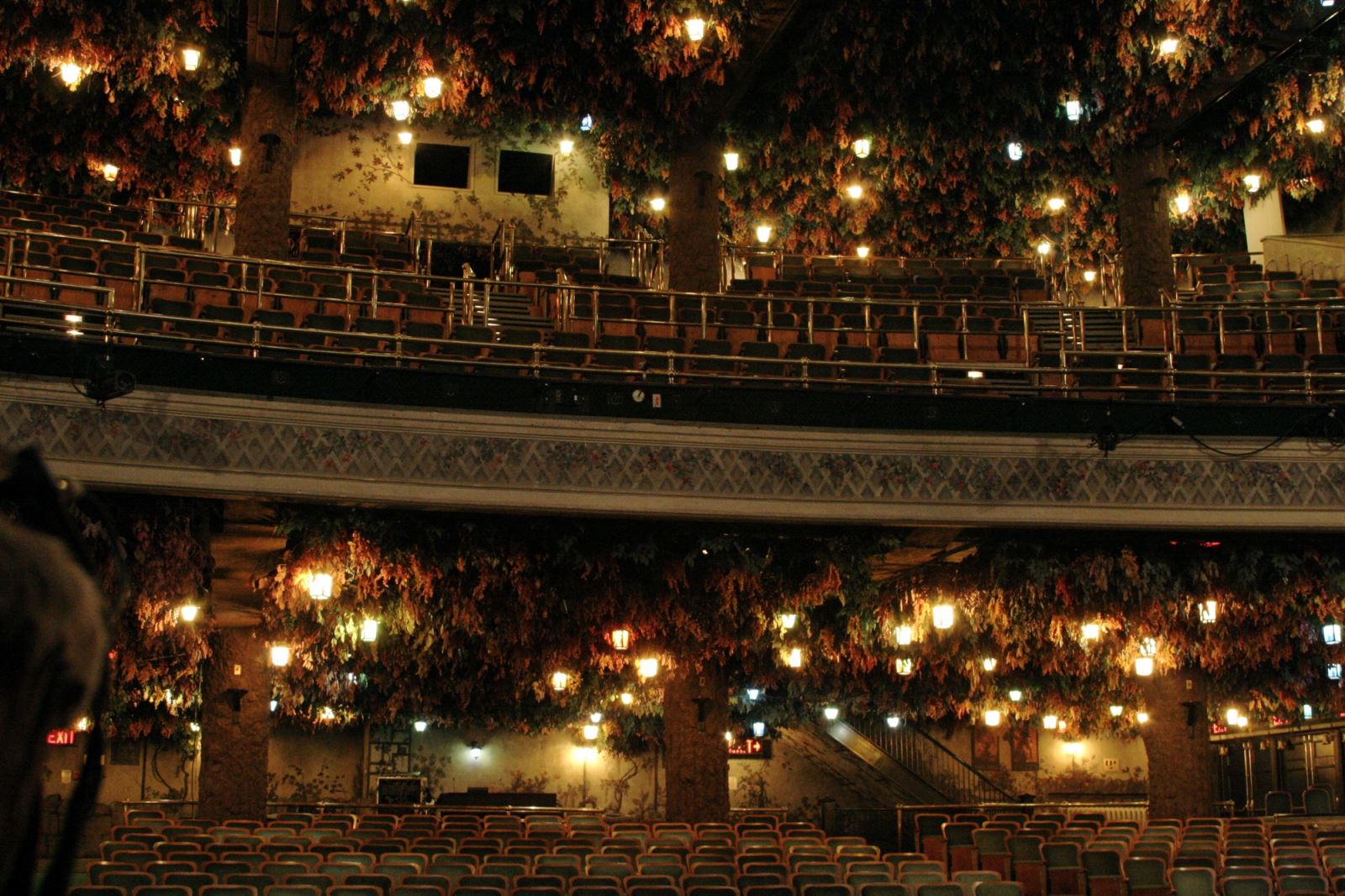
According to atlasobscura











